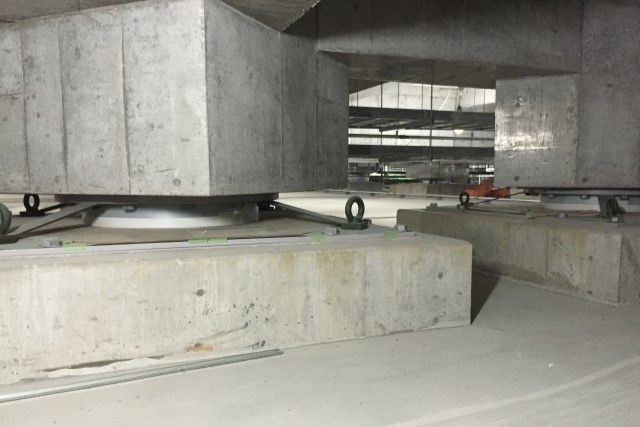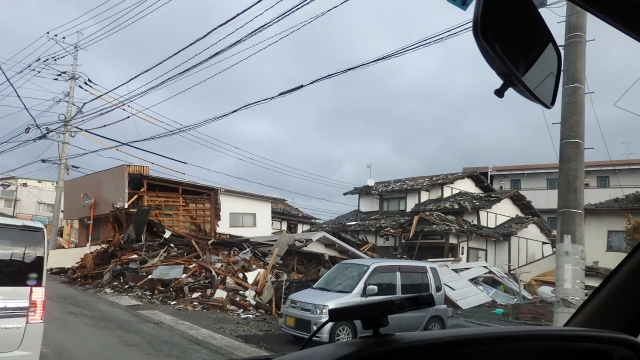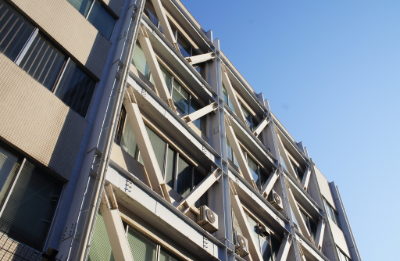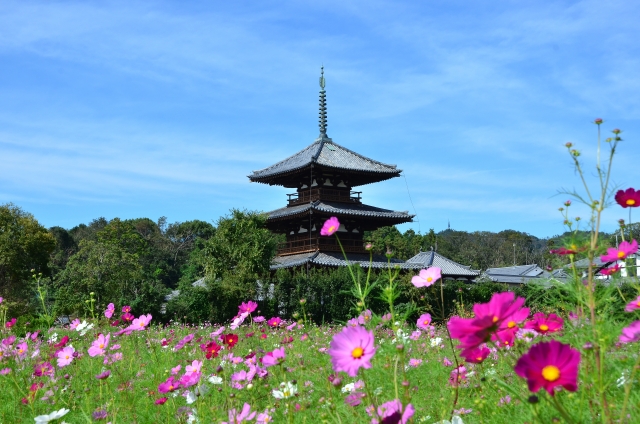
For example, German standards are the strictest for energy conservation performance. For wind, the American standard is the most stringent, and for earthquake and structural calculation, the Japanese standard is the most stringent.

Each earthquake resistance standard also changes the damage situation. According to a report by the Ministry of Land, Infrastructure, Transport and Tourism, on the damage caused by the Kumamoto earthquake that occurred in 2008, the collapse rate for buildings based on the new earthquake-proof standard was about 11%. On the other hand, the old earthquake-proof standard had a collapse rate of 28%. There is a big difference between the new and old standards. The difference in seismic performance is directly reflected in the difference in the collapse rate.

There are many types of building structures, including wooden, steel-framed, and reinforced concrete, but the new earthquake-proof standard requires that buildings, regardless of these construction methods, must not collapse in an earthquake of JMA Seismic Intensity Scale 6 or 7.

The new earthquake resistance standard states that a building will not collapse even if it is hit by an earthquake of intensity 6 or 7. However, the standard does not mention multiple large earthquakes. In other words, multiple large earthquakes are not anticipated.
However, in japan, many famous shrines and temples are hundreds of years old. Horyu-ji Temple, for example, is more than 1,000 years old. During that time, it must have been hit by many earthquakes. The reason it has not collapsed is that each building has been prepared for earthquakes since long ago. The five-story pagoda of Horyu-ji Temple mitigates damage by swaying against seismic motion.
